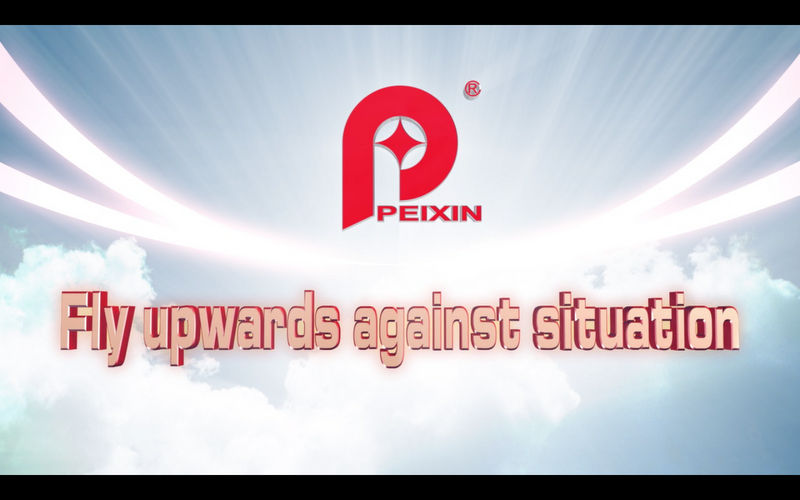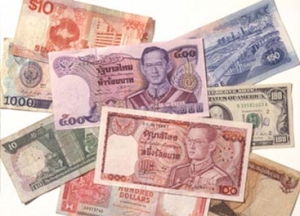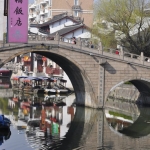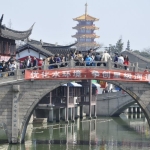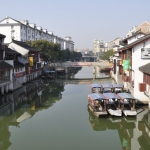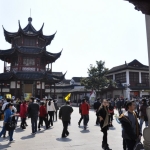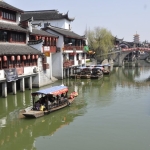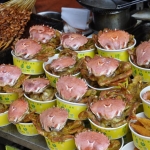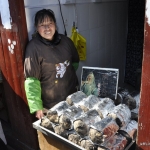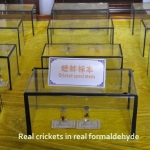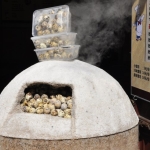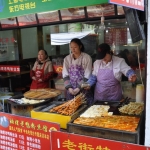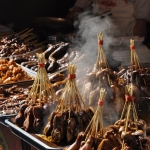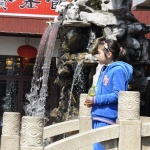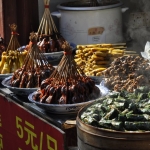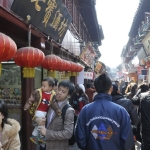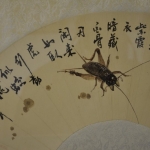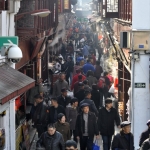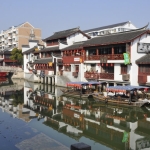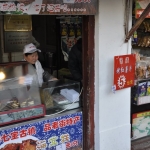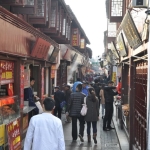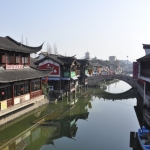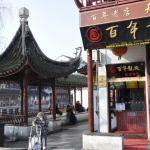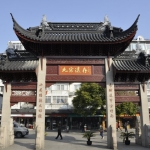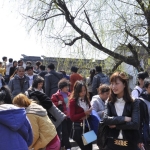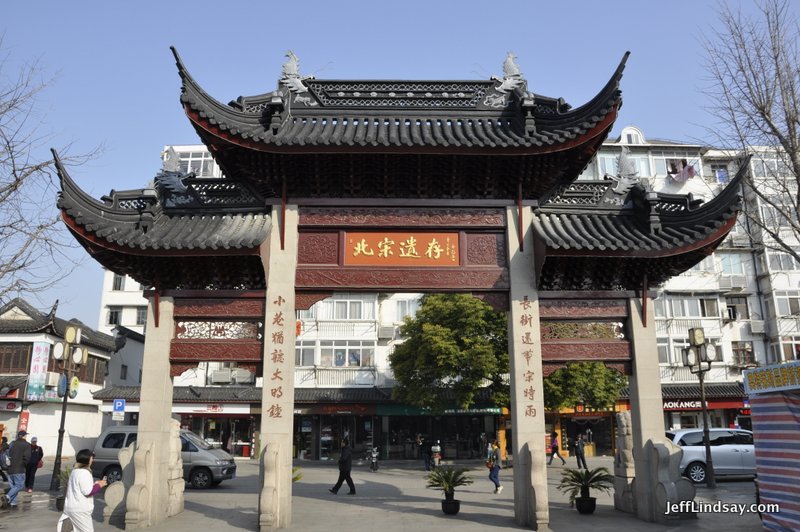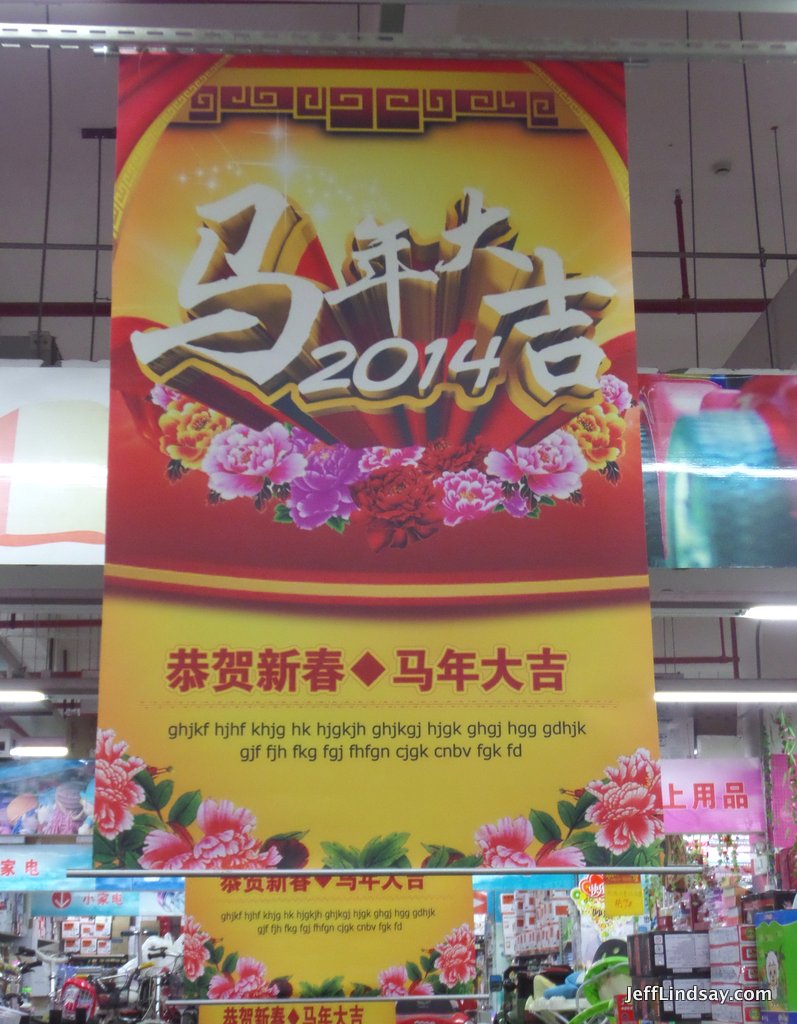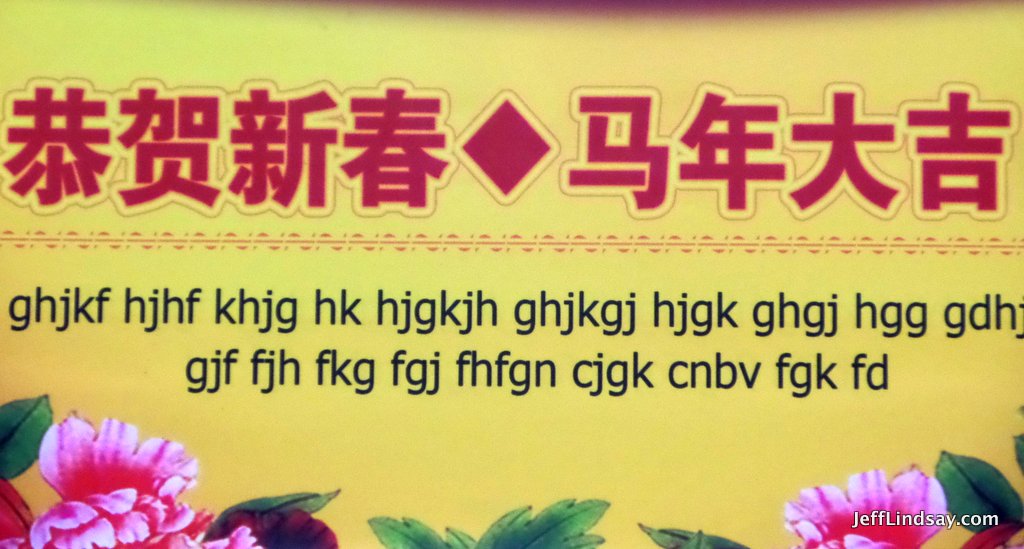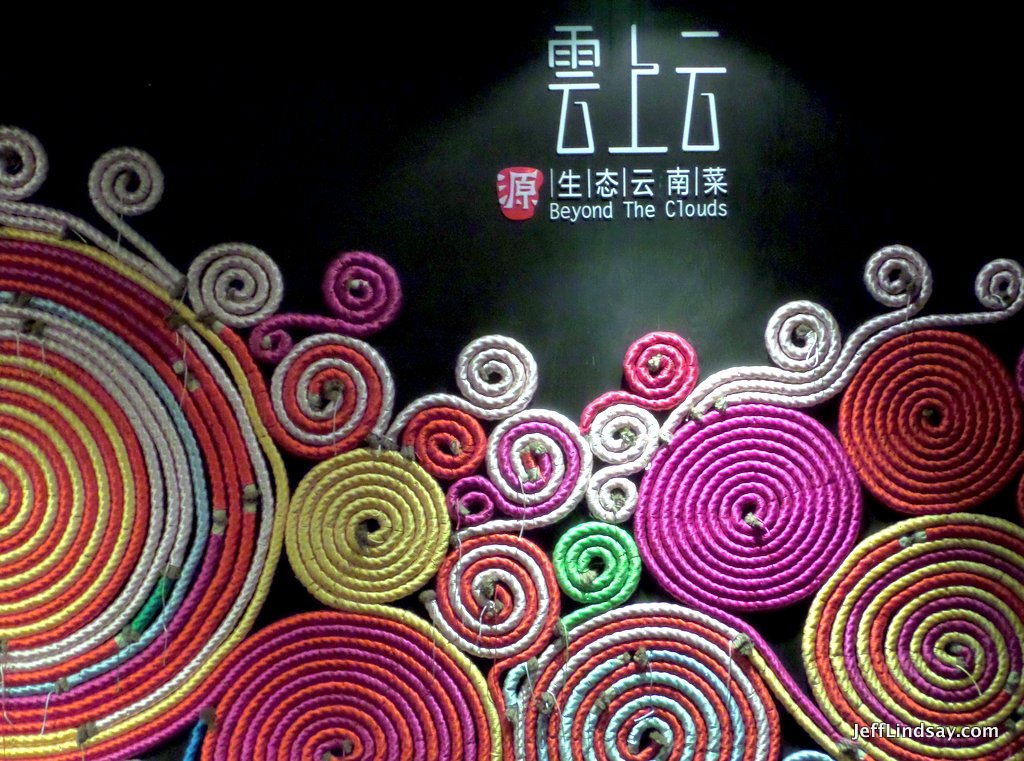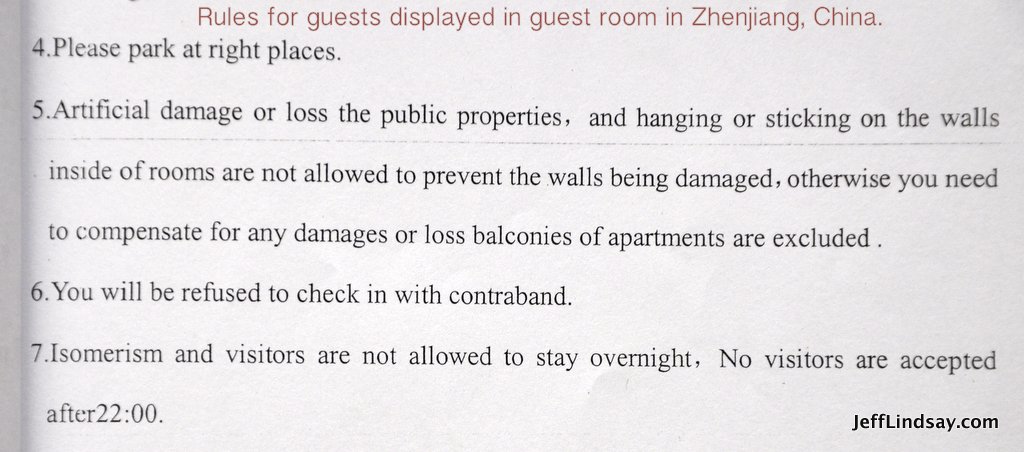Brave Dragons: About Chinese Basketball, But Maybe Also About Your Job in China
I just finished reading Brave Dragons: A Chinese Basketball Team, an American Coach, and Two Cultures Clashing (New York: Alfred Knopf, 2012) by Jim Yardley, an entertaining Pulitzer Prize winner. While the topic might seem very narrow to some readers, it may be one of the best books on the market to prepare for life and work in China, if that’s of interest to you. Even if you aren’t coming to China, it can help you understand some of the cultural barriers between China and the U.S. in spite of its very specific focus. It’s about one Chinese basketball team and an American coach’s experience in coming from the NBA in the U.S. to a lesser known Chinese city, Taiyuan. But so much of what he experiences and the setbacks and surprises he faces remind me of what many foreigners face when they come here to work or live. Definitely a good read and an entertaining one.
NBA coach Bob Weiss does a remarkable job of adapting to changes that would make many people give up in exasperation. For example, he was hired to be the coach of the Taiyuan team, but that changed when the owner suddenly made a Chinese man the acting coach to ensure that the team would run through constant fruitless drills to work the team to death rather than working on the skills and play development they really needed. He rolled with the punches and didn’t let pride get in the way. It helped that he really loved China and wanted to stay here, as it has helped for many foreigners here in related circumstances.
People coming to China for jobs often find out that the glorious position they were offered wasn’t quite as described, or that the benefits promised were withdrawn without notice, or that the work environment is almost the opposite of what they expected. In some cases, even the very job they accepted isn’t actually there. You need to come here expecting disappointment and setbacks, but determined to find a path through the craziness to make something precious and fulfilling out of your experience. Contracts here don’t carry the same meaning as they do in some parts of the world. There is much more emphasis on flexibility and renegotiating things when they prove to be difficult for one side (i.e., the other side). Important issues that you negotiated during your interviews might be eventually forgotten. Understand that and always ask yourself what you will do if an understanding doesn’t turn out the way you thought it was supposed to. Over-communicate,get anything important in writing or be prepared to abandon it, and be prepared to abandon it in any case.
While management in China can be quite good, in many businesses there are some huge differences in style that will surprise Westerners. The unfortunate management style of Boss Wang, the team owner, is  important to observe, but will probably  never encounter the extremes portrayed in the book. He tended to yell at his players for everything, sometimes an hour or more of yelling at them, constantly demeaning and harassing them for mistakes, and emphasizing excessive work rather than smart preparation. But the sudden last minute changes in plans and strategy that he would call from the top can be something you’ll see more often here than you might have seen before. Sometimes it works, but see for yourself in the book.
I recommend reading this book and contemplating how you might deal with related situations in your own journey in Asia or anywhere with new culture and rapidly changing rules.
For sensitive ears, there is some profanity as some of the players are quoted.

